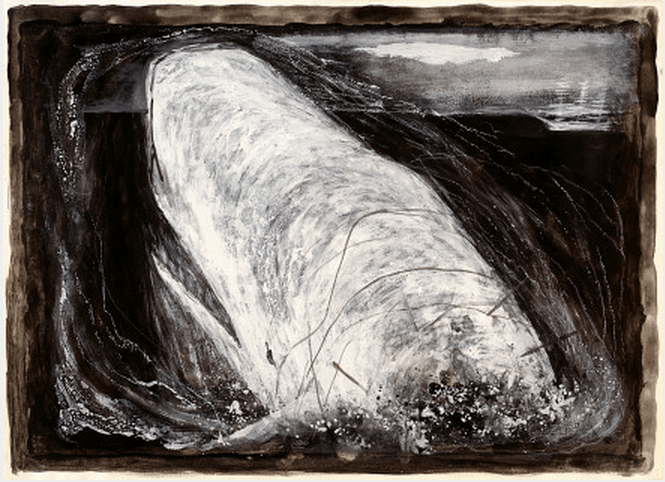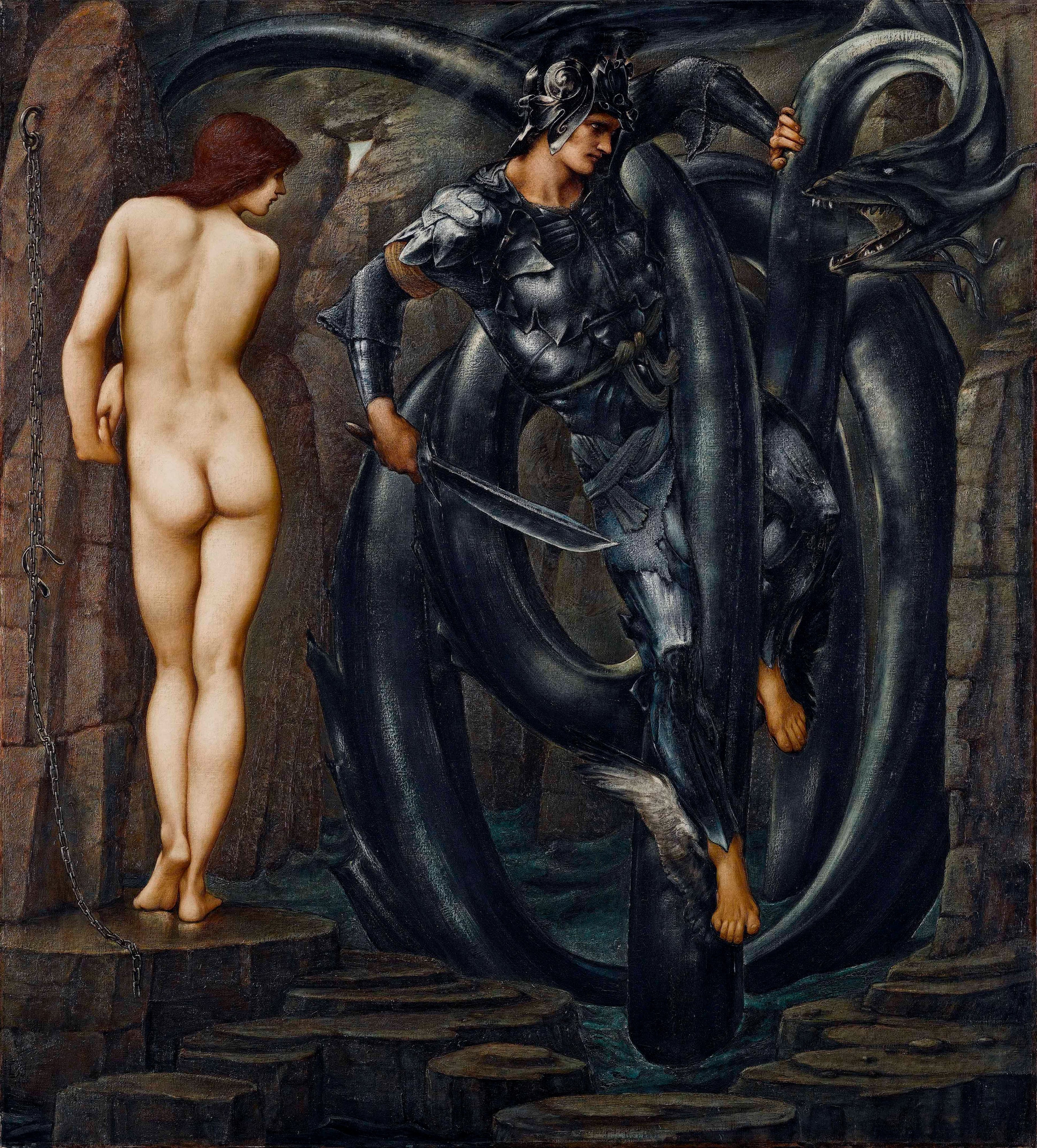Call me Jeremy Bentham: “Moby-Dick”, the Pig-Fish, and UCL Museums
By uclznsr, on 21 November 2013
 By Niall Sreenan
By Niall Sreenan
In its oceanic bibliographic depth and its densely allusive prose, Herman Melville’s Moby-Dick is as much a work of academic research as it is a study of obsession. Indeed, its genius is to make the reader enact the academic obsession of the pursuit of truth in its narration of the story of Captain Ahab and his own obsessive, yet doomed, quest for the elusive white whale, Moby-Dick.
Allusion and bibliographic prosthesis, in much academic prose, can attenuate the richness of academic work, as our consciousness flits wearily from footnote to endnote and back to prose, yet much of the joy of reading Moby Dick is in immersing ourselves in the rich set of references with which Melville explicitly and implicitly peppers the novel.
It is often said that the chapters dedicated to the habits, behaviour, anatomy, and folklore of the leviathanic cetaceans that the Nantucketers of the Pequod seek to butcher for their livelihoods are the most boring of Moby-Dick’s chapters. They do not, it is argued, propel the narrative forwards nor do they proffer much insight into the complex psychological processes of the monomaniacal Ahab. Indeed, in much the same way as the densely allusive prose, they act as bulwarks to the general flow of the narrative, cutting it up, and disallowing our abilities as readers to devour the story, as it were.
As a student of literature, whose research explores the complex nexus of cultural linkages between science and literature, both in history and today, I find these passages to be the most fascinating, as they exemplify the very subject of my research, the intersection, or interface, between scientific writing and literary writing. Moreover, unless one is well read in historic whale biology, these sections require one to seek help at the back of one’s well-annotated scholarly edition, or to fire up Google and hope for the best.
However, there is something of the museum to Moby Dick too…
Each of Melville’s bibliographic allusions, from archaic naturalist studies, taxonomic tomes, and subjective accounts, biblical stories and ancient Greek myth, acts as a monument to a past science, an archaeology of the sperm whale mythos, constructed from scientific and non-scientific texts. Thus, I was not surprised to find that Moby Dick proffered some intriguing connections with UCL’s own museum collections, particularly the Grant Museum, which is itself a monument to a past science.
One such chapter, dedicated to a taxonomic explication of the entire family of cetaceans as understood by the narrator Ishmael, draws a direct parallel between the size and character of certain whales and the materiality and format of books, once again enacting a collision or analogy between the whale and the text:
First: According to magnitude I divide the whales into three primary BOOKS (subdivisible into CHAPTERS), and these shall comprehend them all, both small and large.
Melville begins with the largest specimen, and the subject of his metaphysical hunt:
BOOK I. (FOLIO), CHAPTER I. (SPERM WHALE).—This whale, among the English of old vaguely known as the Trumpa whale, and the Physeter whale, and the Anvil Headed whale, is the present Cachalot of the French, and the Pottsfich of the Germans, and the Macrocephalus of the Long Words. He is, without doubt, the largest inhabitant of the globe; the most formidable of all whales to encounter; the most majestic in aspect; and lastly, by far the most valuable in commerce; he being the only creature from which that valuable substance, spermaceti, is obtained.
Yet before embarking on his review of whale taxonomy and etymology, through the index of cetaceans and their now curiously outdated appellations, ‘the grampus’, ‘the blackfish’, ‘the thrasher’, and their correlatives in publishing formats, ‘the folio’, the ‘octavo’, the duodecimo’, Melville draws attention to a contested aspect of the systematic study of whales, referring to what he calls ‘fish hitherto authoritatively regarded as alien’. These fish, the ‘fish style Lamatins and the Dugongs’, for Melville are not a member of the whale species, and we know now that they are in fact members of the order Sirenia, derived from the ancient Greek mythology of sirens, which also is said to refer to the circumstances of their discovery, their being mistaken by sailors for mermaids. The order Cetecea, in which whales belong, literally means ‘large sea animal’ though itself has an ancient Greek mythological origin: Perseus, a demigod and the killer of Medusa, defeats the sea monster Cetus, and Melville himself refers to Perseus, as ‘the first whale man’.
But Ishmael sees nothing alluring about the supposedly siren like Dugongs and Manatees. Rather, he has disdain for them, writing that ‘these pig-fish are a noisy, contemptible set, mostly lurking in the mouths of rivers, and feeding on wet hay, and especially as they do not spout, I deny their credentials as whales; and have presented them with their passports to quit the Kingdom of Cetology.’
Examining at the skeletal specimen in the Grant Museum, it is not difficult to perceive how a contradictory folkloric narrative was constructed about the Dugong. Its tail is certainly mermaid-like, flowing elegantly, its gently curved spine ending in its compact flipper. Yet, its face is distinctly porcine, its nose ending abruptly, like a snout, and hunched upon its sleek body as if stuck there by an impatient sculptor.
Yet, what can we tell about a whale, or a ‘pig fish’ from its skeleton? Or indeed, what can we tell about a book from its structure? Melville writes:
But it may be fancied, that from the naked skeleton of the stranded whale, accurate hints may be derived touching his true form. Not at all. For it is one of the more curious things about this Leviathan, that his skeleton gives very little idea of his general shape.
Melville seems circumspect about our ability to tell much about an animal from its skeleton alone, a notion that might give one pause as they browse through the collection of skeletons and fossils in the Grant Museum of Zoology. Yet, for Melville, there is one exception to this rule, and this too can be found in University College London:
…though Jeremy Bentham’s skeleton, which hangs for candelabra in the library of one of his executors, correctly conveys the idea of a burly-browed utilitarian old gentleman, with all Jeremy’s other leading personal characteristics…
Bentham, it seems, clothed as he is and looking ‘burly-browed’ emanates the very essence of his philosophy, the content of his texts and his utilitarian thought being ‘correctly conveyed’ by his skeleton alone. And once again, Melville asks us to make the link between the ‘fleshy covering’ of the whale and the organism and books, texts, and philosophies.
Indeed reading Moby-Dick, without attending to the thicket of references, allusions, quotations, and citations, is much like reading only the skeleton of the book. The plot is but the skeleton, or the structure, and the flesh, which gives meaning to the bare bones of the story, is what leads us down the avenues of discovery and research and reminds the reader of the sheer joy of education for education’s sake, and the importance and privilege of spending one’s days as PhD student, reading, thinking, writing, and seeking out the White Whale.
 Close
Close




